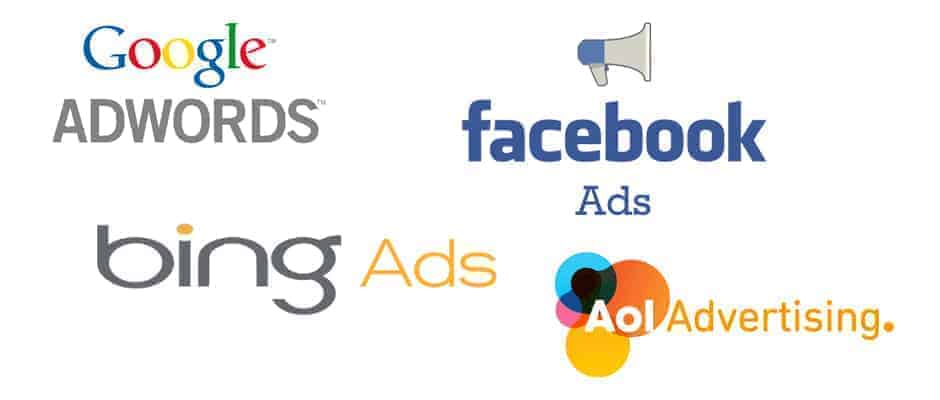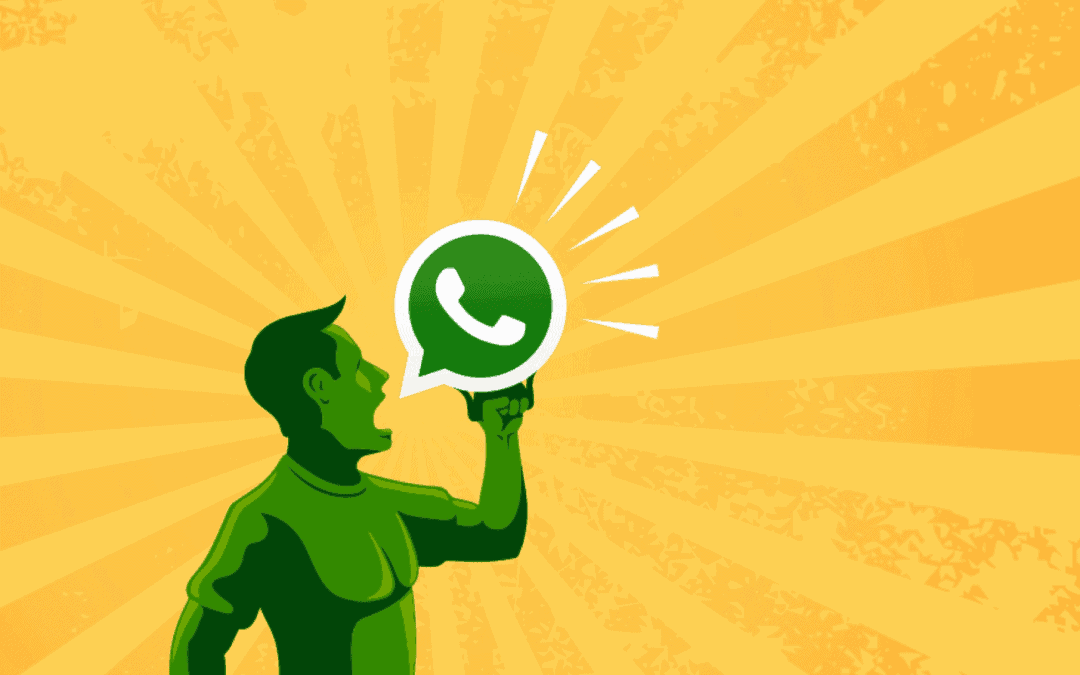In this article we will understand how we can use WhatsApp as a lead generation tool and take advantage of the messaging app to increase our sales.
More and more companies, both online and offline, use WhatsApp as the main communication channel with the client. At the same time, more and more consumers appreciate the chance of being able to get in touch with the company from which they purchase, or would like to make a purchase, via the green-phone messaging app.
The advantages of using this communication channel, not only for chatting with friends and family, but also to chat with companies from which products and services are purchased, are evident for both parties.
Although WhatsApp is increasingly being integrated into customer support channels, few companies are fully exploiting the potential of the app in terms of lead generation. In this article we will analyze what are the strategies that can be implemented to use WhatsApp to generate new contacts and new sales opportunities.
Click on this link if you want to know all the questions and answers about WhatsApp Business

So, in this article we will explore some useful strategies to use WhatsApp to generate new leads, increase the number of conversations by new potential clients and, last but not least, retain existing clients.
We must however start by saying that there are rules which limit the use of WhatsApp for promotional purposes, and in the prospecting phase. It is not possible to proactively reach new contacts via WhatsApp unless they were the first to start a chat with the company through the app.
The rules that define the use of WhatsApp by companies are in fact very similar to those of Facebook Messenger: once a new chat has started, the company can contact the client freely during the first 24 hours from the beginning of the chat. After the first 24 hours, it is possible to send one single promotional message to the client. Sending messages without marketing purposes is still free.
For example:
1) John opens his favorite shoe website and, through a WhatsApp click-to-chat widget, starts to chat with the company
2) The Shoes.com support team answers John’s questions and after a few minutes the chat ends
3) After 24 hours, the support team will be able to continue to communicate freely with John by providing additional information regarding, for example, the status of his order, in the event that John has finalized the purchase. Moreover, the company will be authorized to send one promotional message (a discount, for example), if John has not yet finalized his order.
This example provides us with the guidelines that we will have to follow to implement lead generation strategies on WhatsApp, without breaking the rules.

Given the circumstances, all that we can do is to focus on one goal: to maximize the number of conversations started by new potential customers. To make this happen, we can use different means to facilitate and encourage the user to start chatting with our company.
If, for a brick-and-mortar store, the only alternative available is to display its own WhatsApp number on the shop window, the possibilities for an online business are certainly manifold and can be identified in 3 types:
1) Chat started via the website
2) Chat started via social network
3) Chat started via paid Ads
Let’s explore the features and potential of these 3 categories.
1) How to generate new chats on WhatsApp via the website
The easiest way to generate new chats is to make sure that the users who browse on your company’s website can easily start chatting in just a click.
WhatsApp provides links on its website which, through APIs, allow you to integrate a so-called click-to-chat in any part of the website. Alternatively, it is possible to use a chat widget such as Callbell which, in a few minutes, allows you to install a WhatsApp chat button on every page of the website.
This strategy is perfect for providing support to all those clients who, once on your website, can potentially request assistance. As as you have started the chat on WhatsApp, you will immediately have the client’s phone number at your disposal, and you can choose whether to answer via the app or, why not, give him a phone call.
If you want to integrate a WhatsApp chat widget on your website, you can do it for free here.

2) How to generate new WhatsApp chats using social networks
Social networks can be an excellent opportunity to generate new chats with your clients.
When publishing content on Facebook or Instagram, don’t forget to integrate a click-to-chat link: along with information about your product or service, the client will have the opportunity to start a chat with your customer support service to request more information and complete the purchase.
If you want to find out how to generate your click-to-chat link, you can take a look at this article (it will also be useful for the next point).
3) How to generate new chats via paid Ads
This third strategy consists of creating paid ads that have as CTA (call-to-action) the start of a chat. This strategy is particularly effective if your company sells a product or service that cannot be purchased independently via your website.
Sending your potential client from your ad directly to your WhatsApp page can allow you to shorten the sales funnel and talk directly to the client in order to understand his/her needs and requests.
Also in this case, you will need to link the WhatsApp click-to-chat link to your CTA. We recommend using a pre-made message within the link in order to easily monitor the number of conversions that a specific ad has generated. In fact, sending the user directly to WhatsApp does not allow to track the performance of a campaign in a structured way: you will have to manually count the number of chats started by your clients.
Here is an example of link with text:
https://api.whatsapp.com/send?phone=00393484042922&text=ConversionTrackingSampleLink

In this article we have analyzed the 3 main strategies you can adopt to generate new leads through WhatsApp: despite the limitations we have illustrated, even your company can easily implement a strategy by using the app as a real lead generation tool.
WhatsApp, along with other direct messaging apps, has become a “place” where you – as a company – need to be present, visible and easily accessible.
If you liked this article, let us know your thoughts and don’t forget to share it on your social networks!
That’s all for today! Thank you for reading 🙂

Frequent Questions
How can WhatsApp be used for lead generation?
Since it is not possible to use WhatsApp for direct marketing activities, the easiest way to generate leads on WhatsApp is to encourage your potential customers to start chatting through the app.
What are the rules of WhatsApp Marketing?
The rules that define the use of WhatsApp by companies are in fact very similar to those of Facebook Messenger: once a new chat has started, the company can contact the client freely during the first 24 hours from the beginning of the chat. After the first 24 hours, it is possible to send one single promotional message to the client. Sending messages without marketing purposes is still free.
How to create a click-to-chat link for WhatsApp?
To create a click-to-chat link, you can use the following link, entering the WhatsApp phone number after the ‘=’: https://api.whatsapp.com/send?phone= . You can find out more about how to integrate WhatsApp on your website to generate leadsfrom this article.

About the author: Hello! I am Carlo and I am one of the co-founder at Callbell, the first communication platform designed to help sales and support teams to collaborate and communicate with customers through direct messaging applications such as WhatsApp, Messenger, Telegram and (soon) Instagram Direct




